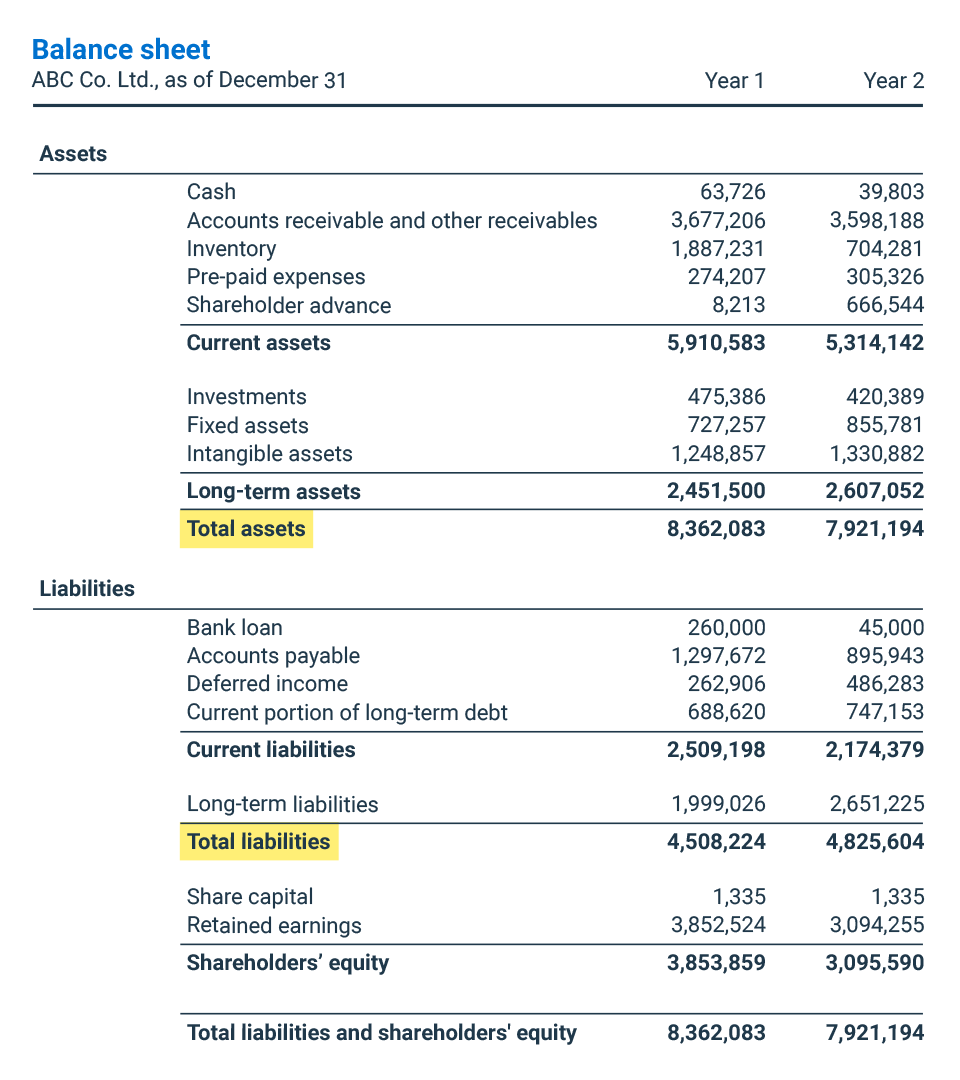
The D/E ratio illustrates the proportion between debt and equity in a given company. In other words, the debt-to-equity ratio shows how much debt, relative to stockholders’ equity, is used to finance the company’s assets. Investors view companies with higher CoEs as safer investments, and lenders consider them lower risk. Investors consider the debt-to-equity ratio to assess the company’s ability to generate returns without excessive risk from high debt levels. The ratio influences decisions on debt management, financing growth, and optimizing the capital structure.
Debt to Equity (D/E) Ratio Calculator
Equity is an ownership stake awarded to investors as shares of your company’s stock. When the current market value of the shares goes up, investors are rewarded with potential returns. A higher market rate of return and future dividends could increase that return. This form of corporate finance is common for startups and businesses in growth mode. The debt-to-equity ratio (D/E) compares the total debt balance on a company’s balance sheet to the value of its total shareholders’ equity. Debt-financed growth may serve to increase earnings, and if the incremental profit increase exceeds the related rise in debt service costs, then shareholders should expect to benefit.
How to calculate stockholders’ equity when it’s not explicitly stated on a balance sheet?
- When using the D/E ratio, it is very important to consider the industry in which the company operates.
- Investors use the debt equity ratio to assess a company’s financial stability and make informed investment decisions.
- Publicly traded companies that are in the midst of repurchasing stock may also want to control their debt-to-equity ratio.
- Generally speaking, short-term liabilities (e.g. accounts payable, wages, etc.) that would be paid within a year are considered less risky.
This means the company uses $2 of debt for every $1 of equity, indicating a high leverage position which could be risky or beneficial depending on the context. Companies can improve the debt equity ratio by reducing debt or increasing shareholder equity. 11 Financial is a registered investment adviser located in Lufkin, Texas.
How to Calculate Debt-to-Equity Ratio
However, if the cost of debt interest on financing turns out to be higher than the returns, the situation can become unstable and lead, in extreme cases, to bankruptcy. MRR is a term used to describe the average rate of return on an investment over a specific period. For instance, the S&P 500 has had an average rate of return of roughly 10% per year since its inception in 1957.

The principal payment and interest expense are also fixed and known, supposing that the loan is paid back at a consistent rate. It enables accurate forecasting, which allows easier budgeting and financial planning. Lenders and investors perceive borrowers funded primarily with equity (e.g. owners’ equity, outside equity raised, retained earnings) more favorably.
“For example, a transport company has to borrow a lot to buy its fleet of trucks, while a service company will practically only have to buy computers,” explains Lemieux. The goal for a business is not necessarily to have the lowest possible ratio. “A very low debt-to-equity ratio can be a sign that the company is very mature and has accumulated a lot of money over the years,” says Lemieux. The debt-to-equity ratio of your business is one of the things the bank looks at to assess your situation before agreeing to lend you an additional amount. As a result, the lenders may increase interest rates, which is never good news for small business owners.
If they’re low, it can make sense for companies to borrow more, which can inflate the debt-to-equity ratio, but may not actually be an indicator of bad tidings. If preferred stock appears on the debt side of the equation, a company’s debt-to-equity ratio may look riskier. why real estate investors should consider lease options If it’s included on the equity side, the ratio can look more favorable. Debt-to-equity ratio is just one piece of the puzzle when it comes to evaluating stocks. Whether the ratio is high or low is not the bottom line of whether one should invest in a company.
And a high debt-to-equity ratio can limit a company’s access to borrowing, which could limit its ability to grow. The depository industry (banks and lenders) may have high debt-to-equity ratios. Because banks borrow funds to loan money to consumers, financial institutions usually have higher debt-to-equity ratios than other industries. For example, if a company, such as a manufacturer, requires a lot of capital to operate, it may need to take on a lot of debt to finance its operations. The debt-to-equity ratio (D/E) is one of many financial metrics that helps investors determine potential risks when looking to invest in certain stocks. Companies with a high D/E ratio can generate more earnings and grow faster than they would without this additional source of funds.